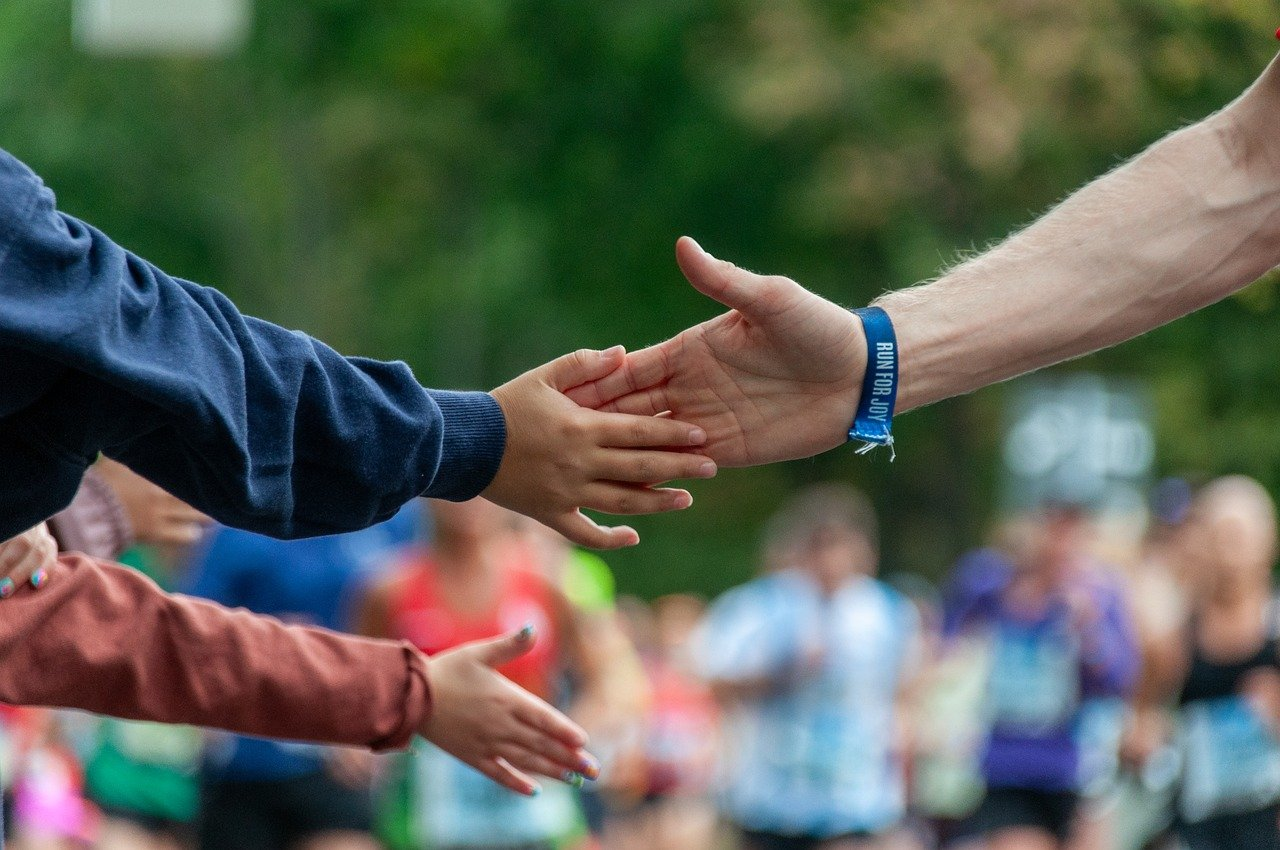This downloadable pack includes a suggested annual student voice survey and a shorter ‘snapshot’ survey that could be used after you have tried something a bit different in a PE lesson.
The importance of student voice for improving PE
Introduction
Physical education (PE) is an integral component of a well-rounded education, fostering the holistic development of students by promoting physical fitness, motor skills, social and emotional learning. To ensure meaningful physical education lessons, incorporating student voice is imperative. Promoting student voice in the form of feedback provides valuable insights into their experiences, preferences, and challenges, allowing educators to tailor lessons to meet the diverse needs of their students.

Incorporating Student Voice Pedagogies
Eliciting student voice involves recognising and valuing the perspectives, opinions, and experiences of students. In the context of physical education, this means considering the unique needs and preferences of individual learners. By actively seeking feedback, educators gain a deeper understanding of how students perceive and engage with PE lessons, allowing for more targeted and personalised teaching approaches.
Enhancing Student Engagement in Physical Education
Student engagement is a critical factor in the success of any educational programme, and physical education is no exception. When students feel that their opinions matter and that they have a say in the learning process, they are more likely to be actively engaged. By providing opportunities for students to voice their thoughts on PE lessons, educators empower them to take ownership of their learning, fostering a sense of responsibility and commitment.
Moreover, student engagement in physical education is closely tied to the relevance and applicability of the activities. Eliciting feedback helps educators identify activities that resonate with students, making the lessons more enjoyable and meaningful. This positive experience not only increases engagement but also contributes to the development of lifelong physical activity habits.

Motivating Students Through Empowerment
Promoting student voice goes beyond mere feedback; it empowers students to be active participants in their education. When students are given a platform to express their preferences, suggest ideas, and contribute to decision-making processes, they develop a sense of agency and ownership. This empowerment, in turn, positively influences their motivation to participate in physical education.
Identifying Individual Learning Preferences
Every student is unique, and their learning styles may vary. When educators promote student voice, they can identify individual preferences and adapt teaching methods accordingly. Some students may thrive in competitive team sports, while others may prefer individual activities or recreational pursuits. By tailoring lessons to accommodate these differences, educators can create a more inclusive and supportive learning environment.
Adaptive Teaching
Additionally, understanding students’ learning preferences can help address potential barriers to participation. For example, students with physical disabilities or those who may feel self-conscious about their athletic abilities can benefit from adaptations and modifications that make physical education more accessible and enjoyable for everyone.
Continuous Improvement Through Constructive Feedback
Eliciting student voice serves as a continuous improvement tool for educators. By receiving constructive feedback, educators can identify areas of strength and areas that need refinement. Students, as end-users of the educational experience, offer unique perspectives that may not be apparent to educators. Whether it’s the choice of activities, the pacing of lessons, or the clarity of instructions, student feedback provides valuable insights that contribute to ongoing professional development and refinement of teaching practices that enhance student learning.
Furthermore, the feedback loop promotes a culture of open communication between students and educators. This transparency fosters a positive teacher-student relationship, creating a supportive learning environment where students feel comfortable expressing their thoughts and concerns.
Building a Collaborative Learning Community
Eliciting student voice in physical education contributes to the creation of a collaborative learning community. When students and educators work together in shaping the curriculum, a sense of shared responsibility and mutual respect develops. This collaborative approach not only enhances the learning experience but also strengthens the overall school culture.
In a collaborative learning community, students become active partners in their education, and educators are viewed as facilitators of learning rather than authority figures. This shift in dynamics promotes a positive and inclusive atmosphere, encouraging students to actively participate and contribute to the collective success of the class.
Key takeways
The importance of enacting student voice pedagogies for improving physical education lessons cannot be overstated. By actively seeking and valuing student perspectives, educators can:
- Enhance student engagement, motivation, and learning outcomes.
- Encourage students to actively participate in decision-making processes.
- Foster a sense of ownership and responsibility, contributing to the development of leadership skills.
Conclusion
The benefits of eliciting student voice extend beyond the immediate impact on physical education lessons. This approach builds a collaborative learning community, where students and educators work together to create a positive and inclusive environment. As we recognis
e the diverse needs and preferences of students, incorporating their feedback becomes essential for the continuous improvement of physical education programs and the overall educational experience.
Want to know more?
Listen
To this PE Insights Episode on student-centric pedagogy and feedback literacy
Read
This research paper on Enacting student voice pedagogies to promote social and emotional learning experiences



Responses